Home>Gardening & Outdoor>Landscaping Ideas>How Often To Cut Bermuda Grass
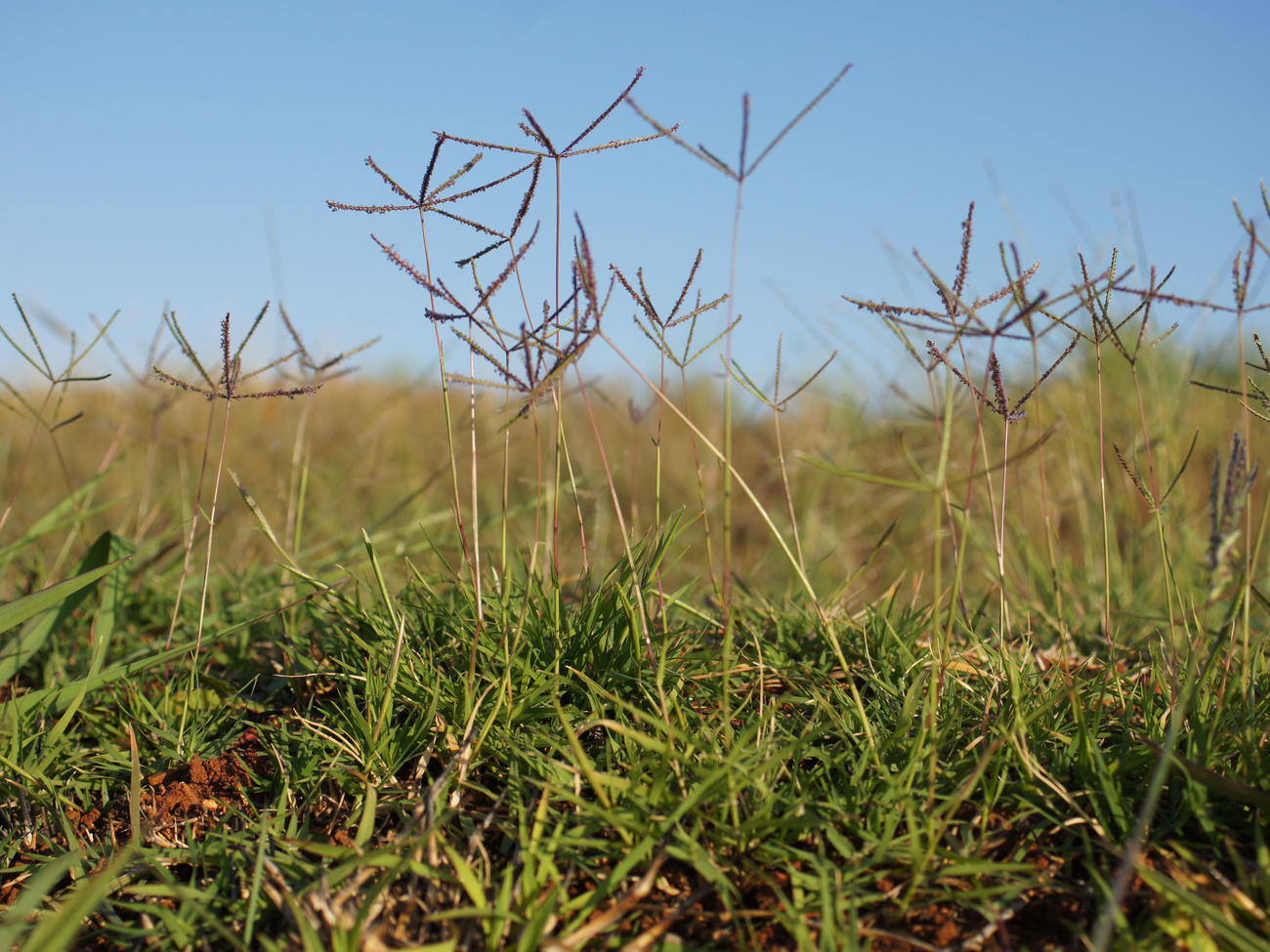

Landscaping Ideas
How Often To Cut Bermuda Grass
Published: January 24, 2024
Learn the best landscaping ideas for maintaining Bermuda grass. Discover how often to cut Bermuda grass and keep your lawn looking its best.
(Many of the links in this article redirect to a specific reviewed product. Your purchase of these products through affiliate links helps to generate commission for Storables.com, at no extra cost. Learn more)
Introduction
Read more: How Often To Fertilize Bermuda Grass
Understanding the Ideal Frequency for Cutting Bermuda Grass
Bermuda grass is a popular choice for lawns due to its resilience and adaptability to various climates. To maintain a lush and healthy Bermuda grass lawn, it's crucial to understand the best practices for mowing. The frequency of cutting Bermuda grass plays a significant role in its overall health and appearance. In this comprehensive guide, we will delve into the factors to consider and the best practices for cutting Bermuda grass to help you achieve a vibrant and well-maintained lawn. Whether you're a seasoned gardener or a novice enthusiast, mastering the art of mowing Bermuda grass will elevate the aesthetics of your outdoor space and contribute to the longevity of your lawn. Let's explore the nuances of Bermuda grass maintenance to ensure that your lawn remains a source of pride and beauty.
Key Takeaways:
- Mastering the art of cutting Bermuda grass involves understanding its unique traits and tailoring a mowing regimen based on factors like growth rate, mowing height, and seasonal variations for a lush and resilient lawn.
- Adhering to the one-third rule, establishing a regular mowing schedule, and maintaining sharp mower blades are essential best practices for cutting Bermuda grass, contributing to the overall health and aesthetics of the lawn.
Understanding Bermuda Grass
Bermuda grass, scientifically known as Cynodon dactylon, is a warm-season grass that thrives in regions with hot summers and mild winters. Its ability to withstand high temperatures and drought conditions makes it a popular choice for lawns, parks, and athletic fields. This resilient grass variety exhibits a fine to medium texture and can spread rapidly through both aboveground runners, known as stolons, and belowground stems, known as rhizomes.
One of the key attributes of Bermuda grass is its exceptional tolerance to mowing. When maintained at an appropriate height, Bermuda grass develops a dense and uniform turf that enhances the visual appeal of any landscape. Additionally, its vigorous growth enables it to recover quickly from mowing, making it an ideal option for high-traffic areas.
Understanding the growth habits and characteristics of Bermuda grass is essential for devising an effective mowing strategy. Factors such as growth rate, ideal mowing height, and seasonal variations play a pivotal role in determining the frequency of mowing required to keep Bermuda grass in optimal condition. By gaining insight into the unique traits of Bermuda grass, you can tailor your lawn care practices to promote healthy growth and overall vitality.
Factors to Consider
When determining the frequency of mowing for Bermuda grass, several crucial factors come into play, each influencing the optimal mowing schedule and technique. Understanding these factors is instrumental in maintaining a thriving Bermuda grass lawn:
- Growth Rate: Bermuda grass is renowned for its rapid growth during the warm season. The growth rate can vary based on factors such as sunlight, water availability, and soil fertility. It’s essential to monitor the growth patterns of Bermuda grass to adjust the mowing frequency accordingly.
- Mowing Height: The ideal mowing height for Bermuda grass typically ranges from 0.5 to 1.5 inches. However, the specific mowing height may vary based on the cultivar and the intended use of the lawn. Understanding the recommended mowing height for your Bermuda grass variety is crucial for promoting healthy growth and minimizing stress on the turf.
- Seasonal Variations: Bermuda grass exhibits distinct growth patterns in response to seasonal changes. As temperatures rise in the spring and summer, Bermuda grass enters a phase of vigorous growth, necessitating more frequent mowing. Conversely, during the cooler months, the growth rate may slow down, requiring less frequent mowing sessions.
- Clipping Management: Proper management of grass clippings can impact the mowing frequency. Allowing small clippings to decompose and return nutrients to the soil can reduce the need for frequent mowing. However, excessive thatch buildup due to improper clipping management can hinder Bermuda grass growth and necessitate more frequent mowing to maintain optimal turf health.
- Weather Conditions: Weather elements such as rainfall, temperature, and humidity can influence the growth rate of Bermuda grass. Periods of abundant rainfall and high humidity can accelerate grass growth, prompting more frequent mowing to prevent the lawn from becoming overgrown and unkempt.
By taking these factors into account, you can develop a tailored mowing regimen that aligns with the specific needs of your Bermuda grass lawn, ensuring that it remains vibrant, resilient, and visually appealing throughout the year.
For Bermuda grass, it’s best to mow every 5-7 days during the growing season to maintain a healthy and attractive lawn. Avoid cutting more than 1/3 of the grass height at once to prevent stress.
Best Practices for Cutting Bermuda Grass
Implementing the best practices for cutting Bermuda grass is essential for nurturing a healthy and visually stunning lawn. By adhering to these guidelines, you can optimize the mowing process to promote robust growth and maintain an immaculate turf:
- Adhere to the One-Third Rule: When mowing Bermuda grass, it’s crucial to follow the one-third rule, which stipulates that no more than one-third of the grass blade should be removed in a single mowing session. Abiding by this rule minimizes stress on the grass and encourages strong root development, ultimately contributing to a lush and resilient lawn.
- Regular Mowing Schedule: Establishing a consistent mowing schedule is key to preventing the grass from becoming excessively tall and unkempt. During the peak growing season, which typically spans from late spring to early fall, Bermuda grass may require weekly mowing to maintain an optimal height. Adjust the mowing frequency based on the grass’s growth rate and seasonal variations.
- Sharp Mower Blades: Maintaining sharp mower blades is imperative for achieving clean and precise cuts. Dull blades can tear the grass, leading to a frayed appearance and increased susceptibility to diseases. Regularly inspect and sharpen the mower blades to ensure that each mowing session results in a neat and healthy-looking lawn.
- Alternate Mowing Patterns: Varying the mowing direction and pattern with each session can prevent soil compaction and minimize the risk of developing ruts in the lawn. Altering the mowing pattern also encourages upright grass growth and contributes to a more even and uniform turf appearance.
- Optimal Mowing Height: Adjust the mower height to maintain the recommended mowing height for Bermuda grass, which typically ranges from 0.5 to 1.5 inches. Avoid mowing the grass too short, as this can weaken the turf and make it more susceptible to stress and weed encroachment.
- Trimming Edges: Pay attention to trimming the edges of the lawn to achieve a polished and well-defined look. Neatly trimmed edges complement the overall aesthetics of the lawn and create a tidy boundary that enhances the visual impact of the Bermuda grass turf.
- Clipping Disposal: Properly manage grass clippings by allowing them to decompose and return nutrients to the soil. However, if excessive thatch buildup occurs, consider collecting and disposing of the clippings to prevent impediments to Bermuda grass growth.
By incorporating these best practices into your Bermuda grass mowing routine, you can foster a luxuriant and vibrant lawn that serves as a captivating centerpiece of your outdoor landscape. Embracing meticulous mowing techniques will not only elevate the aesthetic appeal of your lawn but also contribute to the long-term health and resilience of your Bermuda grass turf.
Read more: How Low To Cut Bermuda Grass
Conclusion
In conclusion, mastering the art of cutting Bermuda grass is pivotal for maintaining a lush, resilient, and visually captivating lawn. By understanding the unique traits of Bermuda grass and considering factors such as growth rate, mowing height, seasonal variations, clipping management, and weather conditions, you can tailor a mowing regimen that caters to the specific needs of your lawn throughout the year.
Implementing the best practices for cutting Bermuda grass, including adhering to the one-third rule, establishing a regular mowing schedule, maintaining sharp mower blades, alternating mowing patterns, and optimizing the mowing height, will contribute to the overall health and aesthetics of your lawn. Additionally, paying attention to trimming edges and managing grass clippings with care will further enhance the visual appeal of your Bermuda grass turf.
By embracing meticulous mowing techniques and incorporating these best practices into your lawn care routine, you can cultivate a vibrant and well-manicured Bermuda grass lawn that serves as a source of pride and beauty. Whether you’re aiming to create an inviting outdoor space for leisure or seeking to elevate the curb appeal of your property, a well-maintained Bermuda grass lawn will undoubtedly leave a lasting impression.
Ultimately, the ideal frequency for cutting Bermuda grass hinges on a thoughtful consideration of various factors and a commitment to implementing sound mowing practices. By nurturing your Bermuda grass lawn with care and precision, you can revel in the splendor of a verdant and thriving outdoor oasis that beckons with its natural allure and charm.
Frequently Asked Questions about How Often To Cut Bermuda Grass
Was this page helpful?
At Storables.com, we guarantee accurate and reliable information. Our content, validated by Expert Board Contributors, is crafted following stringent Editorial Policies. We're committed to providing you with well-researched, expert-backed insights for all your informational needs.
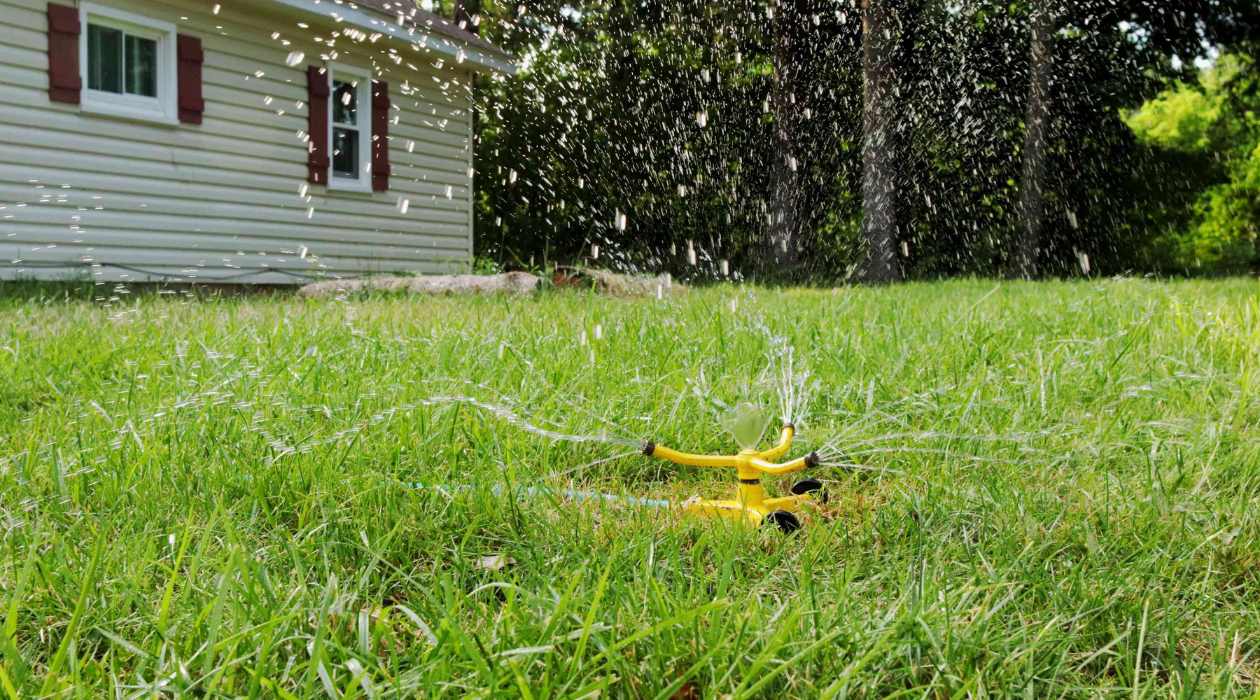
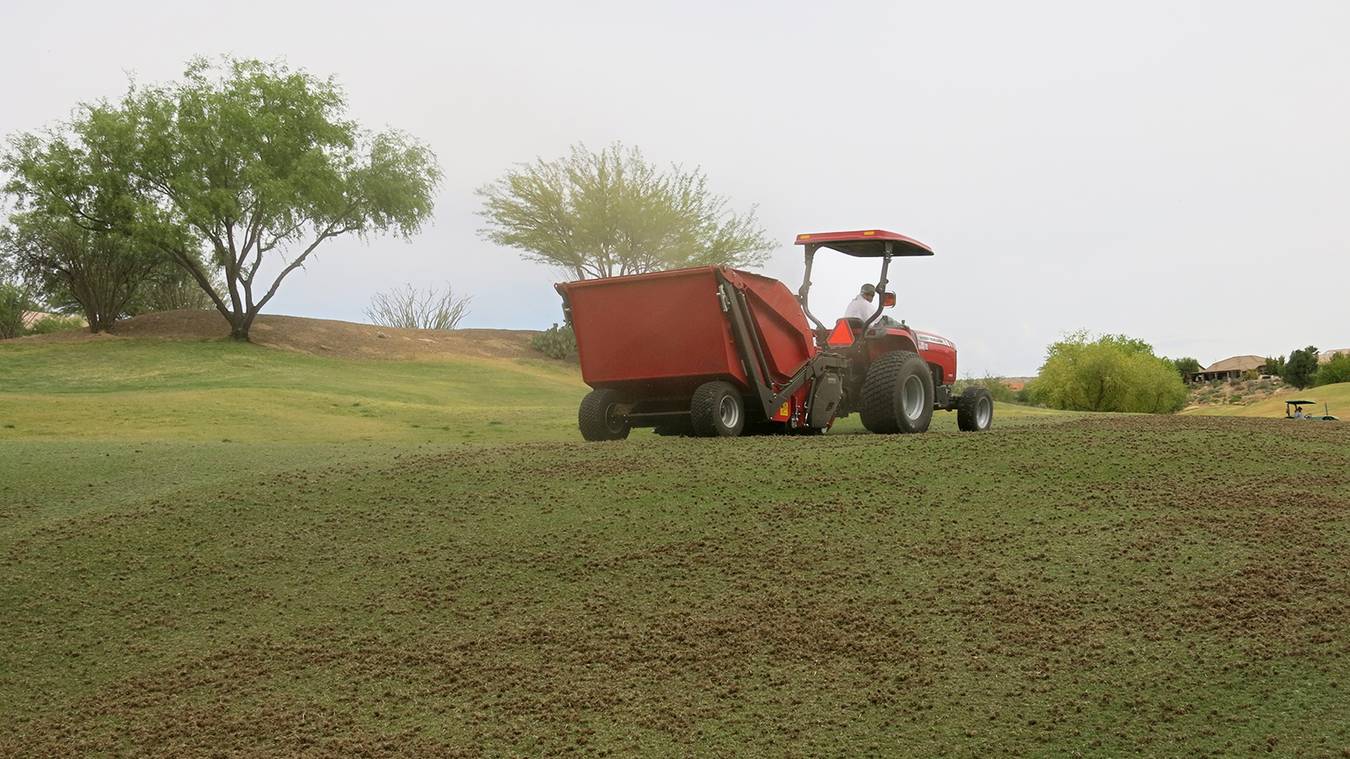
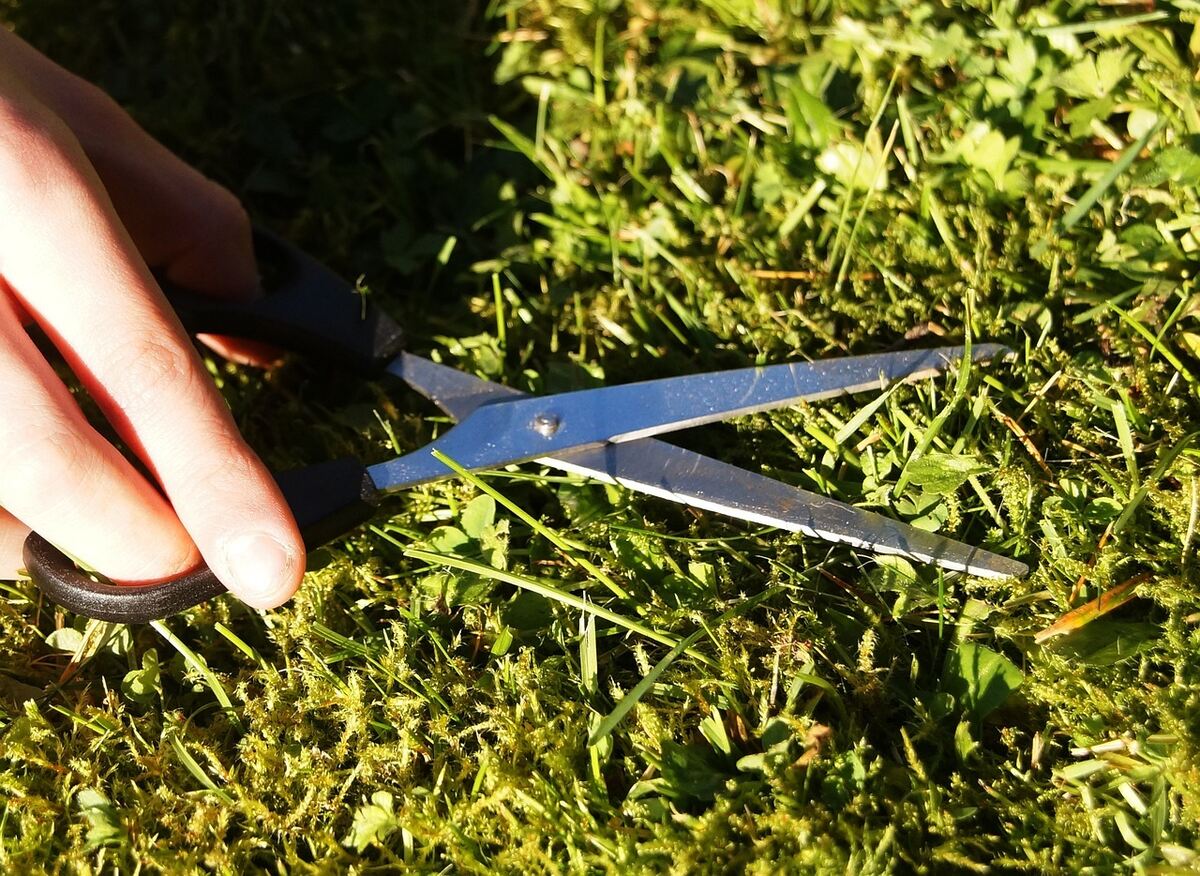
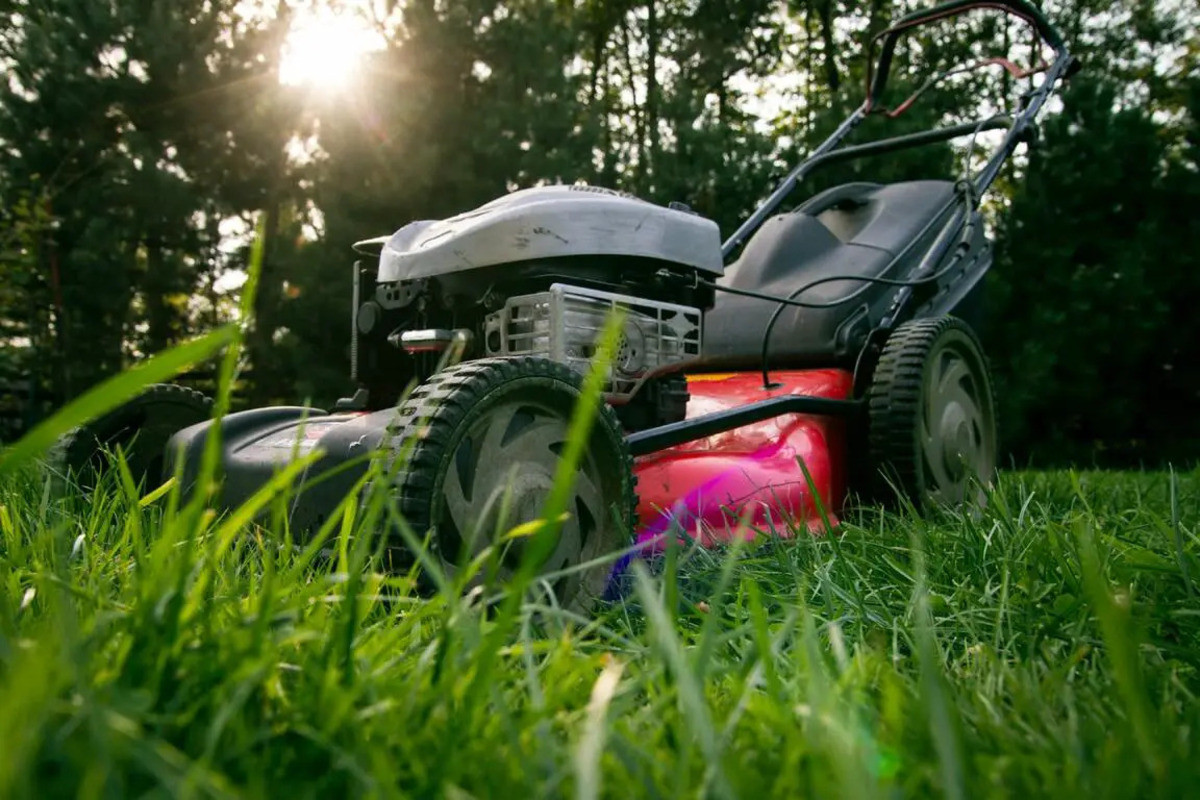

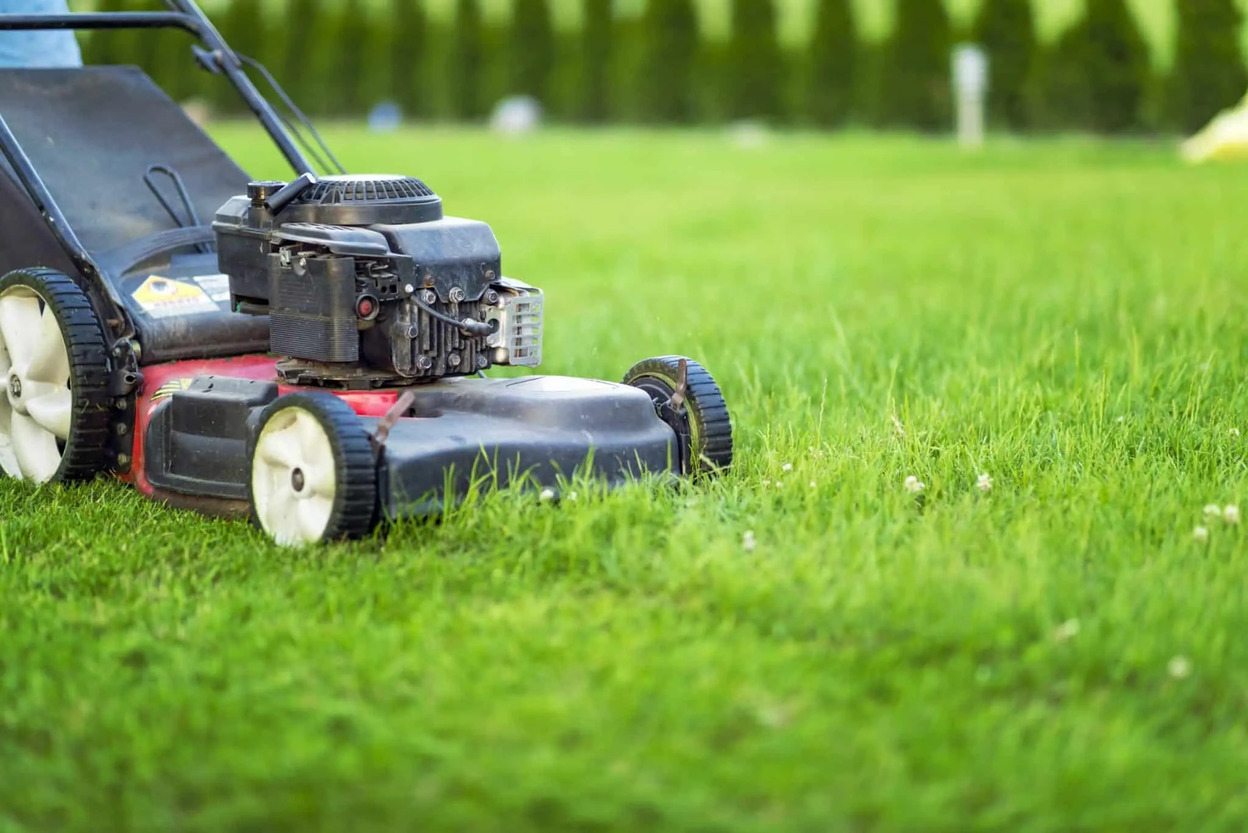
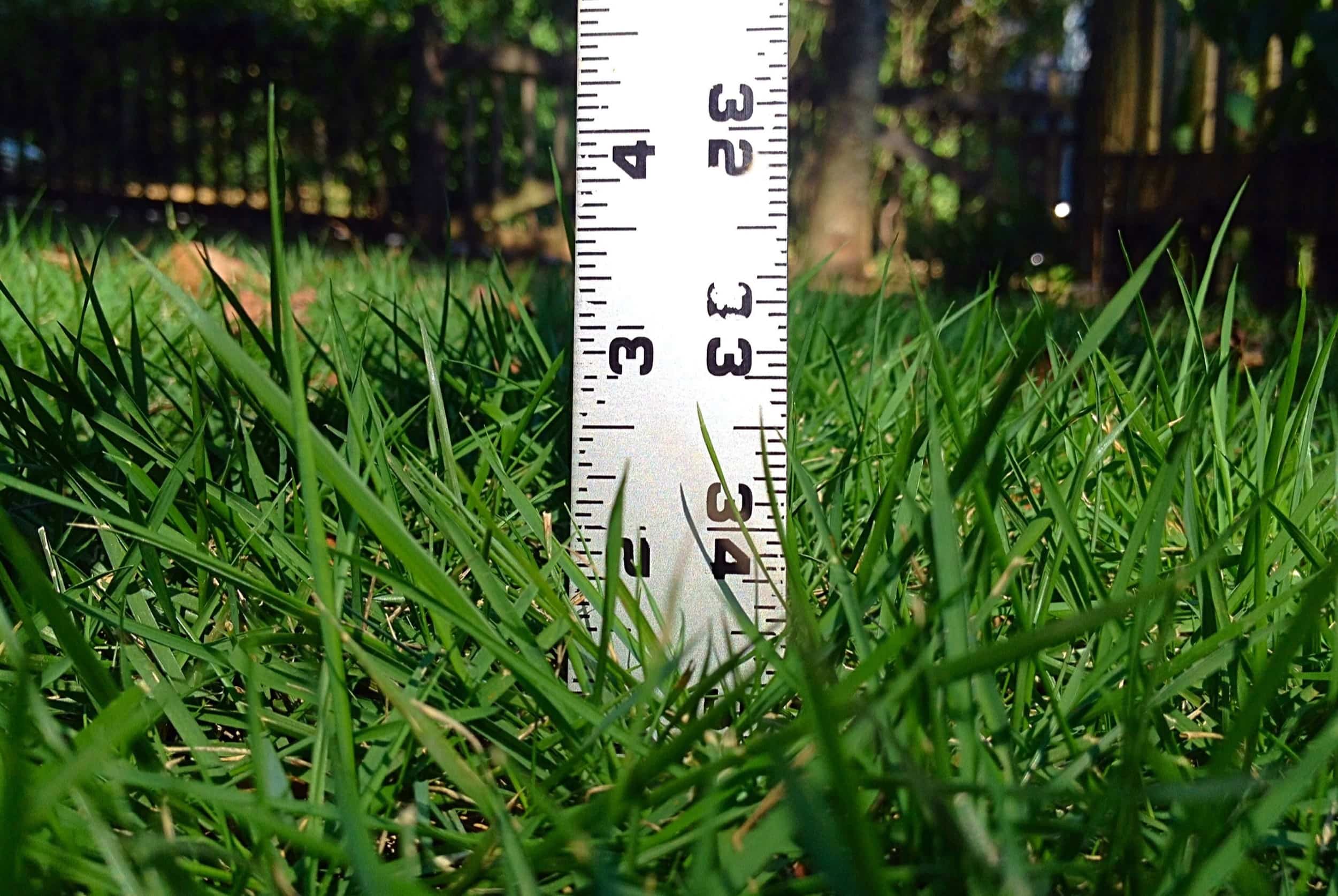
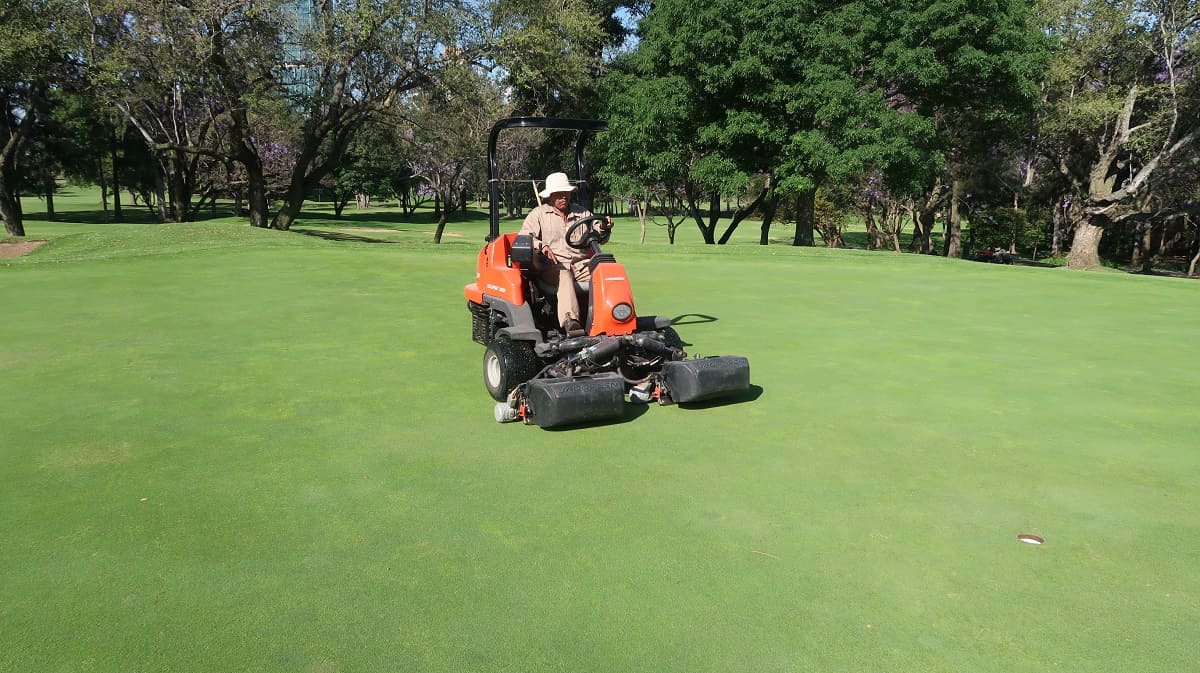
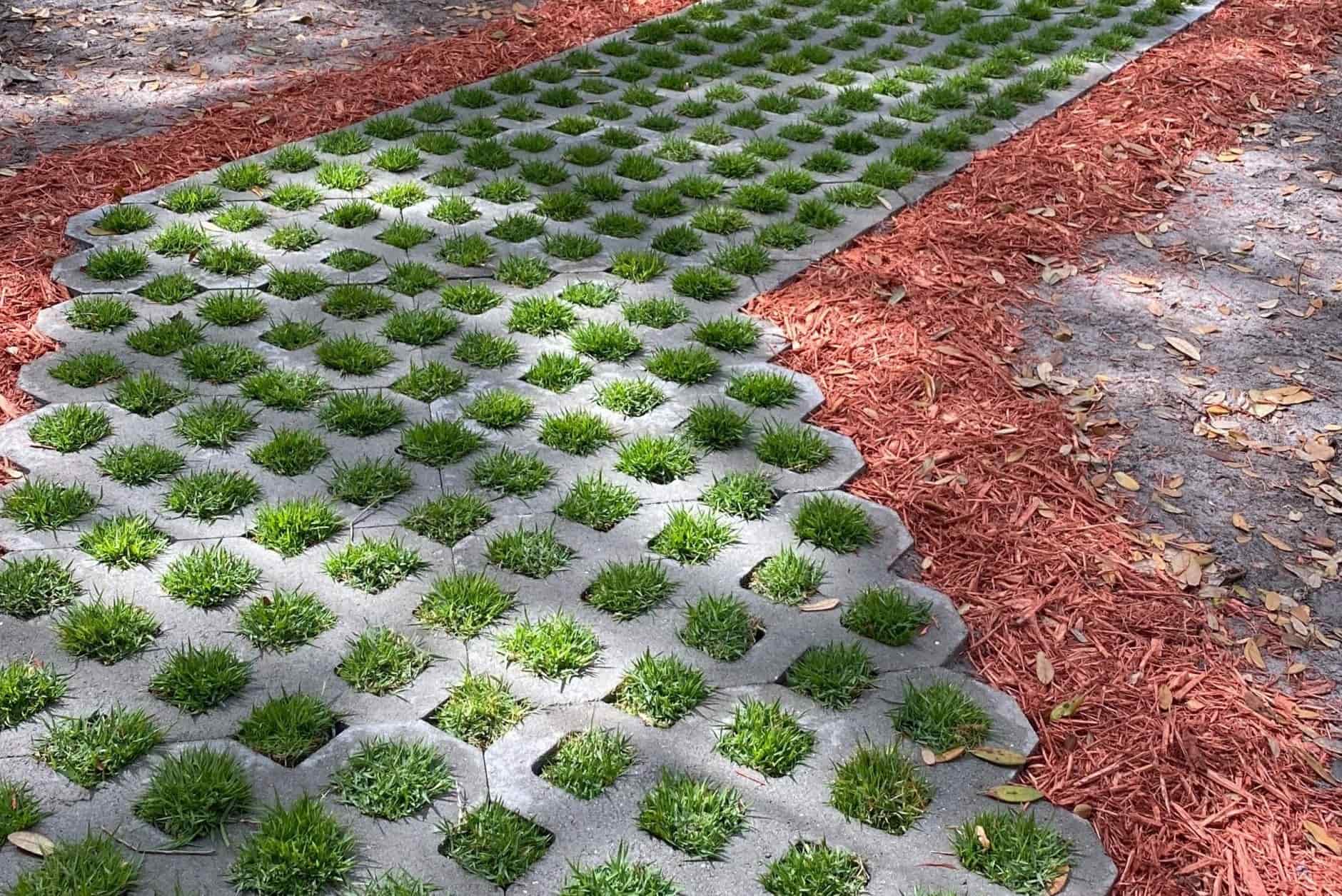

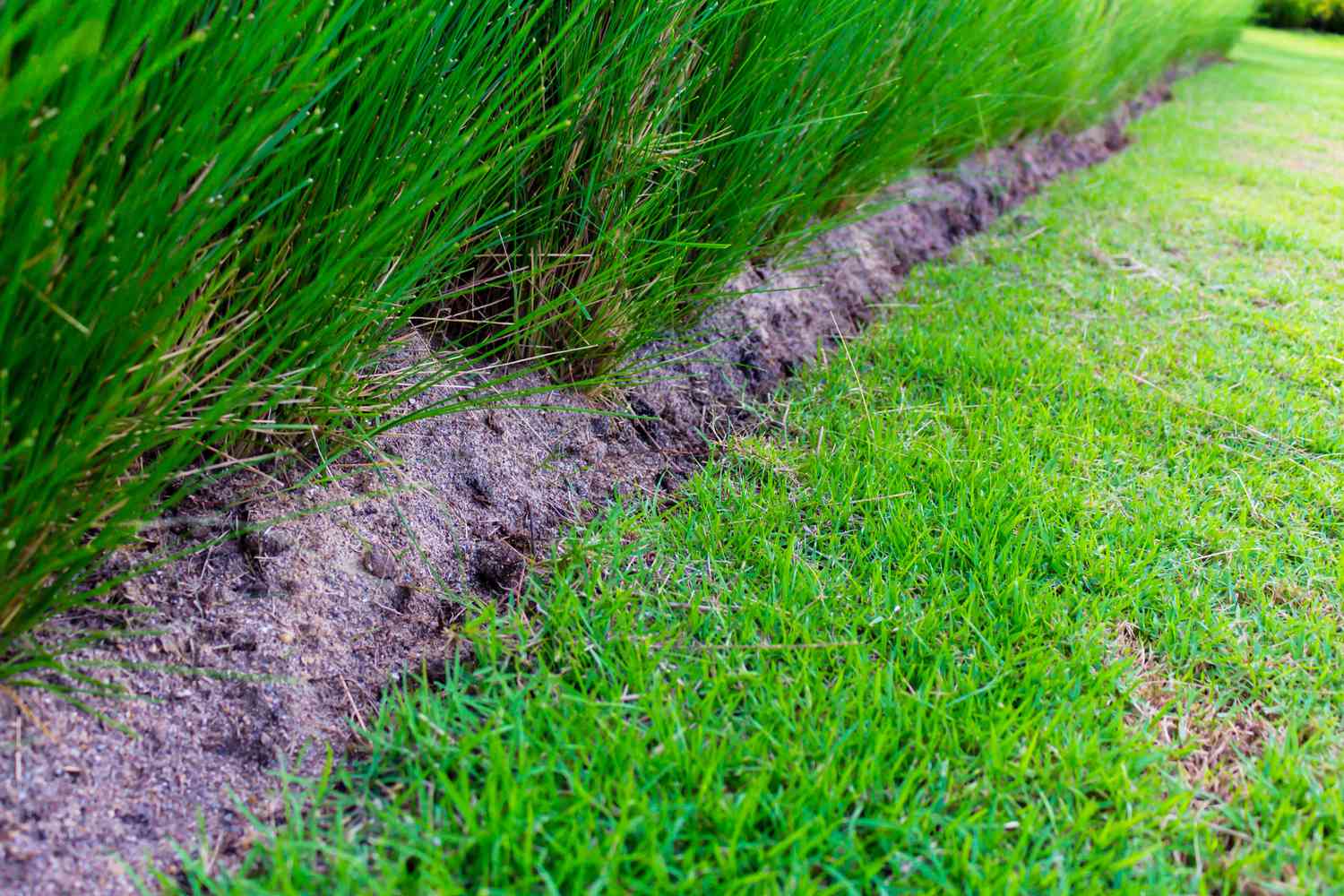
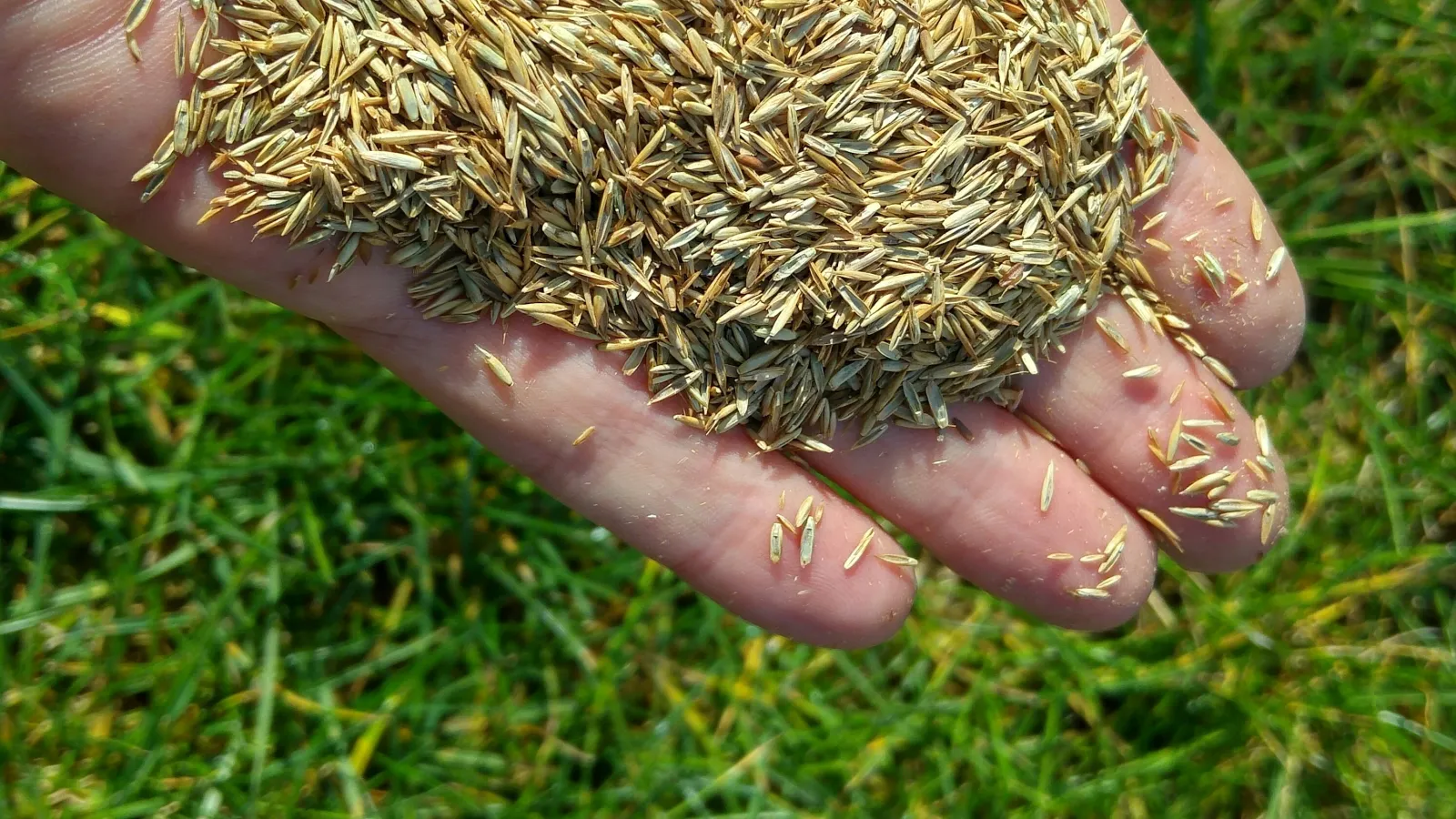
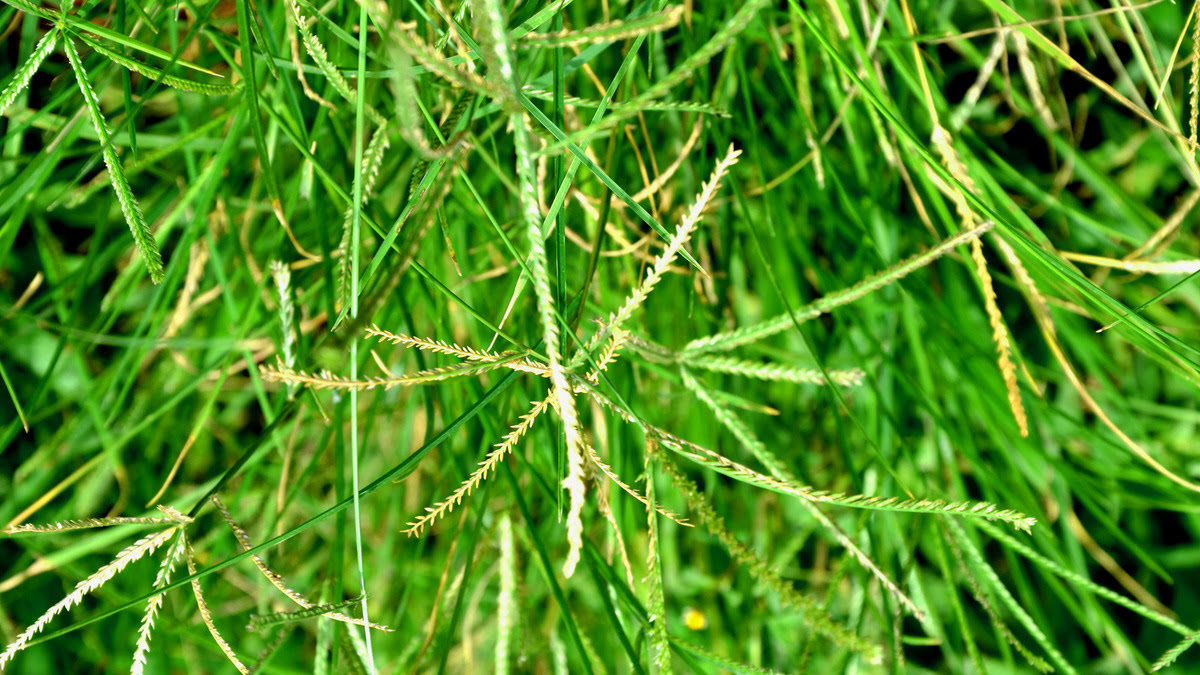
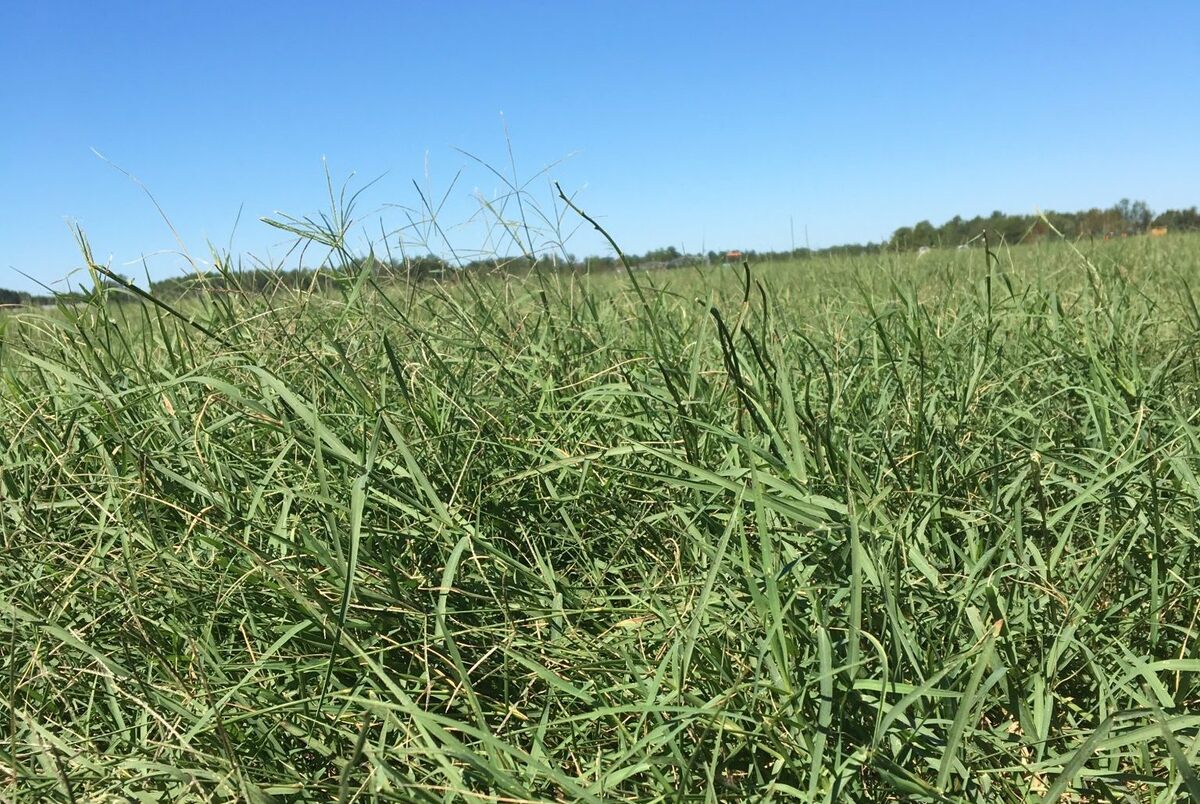

0 thoughts on “How Often To Cut Bermuda Grass”